Image of 1933 Auburn Model 12-161, sourced from www.conceptcarz.com , Image Link.
Performance Metrics
Fundamental Metrics
Emotional Appeal
MMP Rating
| Engine Specifications | |
|---|---|
| Engine: | Lycoming V12 |
| Displacement: | 391 cubic inches (6.4 liters) |
| Horsepower: | Estimated 160 HP |
| Torque: | Not available |
| Compression Ratio: | Not available |
| Ignition System: | Battery and coil |
| Cooling System: | Liquid-cooled |
| Performance Specifications | |
| 0-60 Time: | Not available |
| 1/4 Mile Time: | Not available |
| Top Speed: | 100 mph |
| Transmission and Drive | |
| Drive Type: | Rear-wheel drive |
| Transmission Type: | 3-speed manual |
| Fuel and Efficiency | |
| Fuel System Type: | Carburetor |
| MPG: | Not available |
| Dimensions and Brakes | |
| Brakes: | 4-wheel hydraulic drum brakes |
| Wheelbase: | 133 inches |
| Weight: | 4,500 lbs |
Note: Specifications for classic cars are given to the best of our ability, considering the limited and variant data available.
Unveiling the Elegance of the 1933 Auburn Model 12-161
The 1933 Auburn Model 12-161 is not just a car; it's a rolling sculpture that embodies the pinnacle of luxury and engineering of its era. Born during a time when the automotive industry was undergoing significant transformation, this classic was crafted by the Auburn Automobile Company, an establishment renowned for its innovative designs and prestigious vehicles. The Model 12-161 emerged as a beacon of hope during the Great Depression, offering opulence to those who could afford it. A particularly intriguing fact about this model is that it was part of Auburn's strategy to combat declining sales, featuring a V12 engine that was remarkably affordable for its time.
Design and Innovation
The exterior of the Auburn Model 12-161 exudes grandeur with its long, sweeping fenders and a grille that seems to smile with aristocratic confidence. The car's silhouette is a testament to the Art Deco movement, with geometric lines and elegantly curved forms. Inside, passengers are enveloped in an ambiance of luxury, surrounded by high-quality materials such as fine leathers and polished wood accents. For its time, the vehicle boasted impressive technological advancements like a Startix automatic starting system and Bijur chassis lubrication. Color options were rich and varied, with Duco finishes that ranged from deep blues to vibrant reds. Among these, the Salon Twelve colors were particularly sought after for their depth and luster. Body styles included sedans, coupes, and roadsters, but it was the Phaeton model—with its dual cowl and convertible top—that often stole the spotlight.
Historical Significance
The Auburn Model 12-161's introduction marked a significant milestone in automotive history. It offered one of the first V12 engines at a price point that challenged even eight-cylinder cars of its competitors. This bold move set new standards for performance and value in luxury automobiles and cemented Auburn's reputation for delivering high-end features at mid-range prices.
Performance and Handling
Underneath its elegant hood lay a powerful 6.4-liter V12 engine capable of propelling the Auburn to impressive speeds for its time. While exact acceleration figures are scarce, it was known for brisk performance with a top speed approaching 100 mph—a remarkable feat in 1933. The ride quality was equally impressive; despite its size, the Model 12-161 handled with grace and poise on various road conditions. Drivers often remarked on the smoothness of the engine and how driving this car felt like gliding effortlessly across the pavement.
Ownership Experience
Owners of the Auburn Model 12-161 typically reveled in its dual role as both a status symbol and an engineering marvel. While some used it as an everyday driver, others reserved it for special occasions or displayed it proudly at car shows. Maintenance required a dedicated owner due to the complexity of its V12 engine, but those who understood its intricacies found it relatively straightforward to work on.
Fun Facts
The Auburn Model 12-161 has graced many collections over the years, including those of celebrities and automobile aficionados alike. Although not known for breaking speed records, it held a record of its own: offering one of the most affordable V12 experiences at the time. Criticisms were few but often pointed towards its weight and fuel consumption—minor trade-offs for such luxury.
Collector's Information
Today, an Auburn Model 12-161 is a rare gem in any collection. Production numbers were limited due to economic constraints of the era; estimates suggest that only a few hundred were made. As such, values can vary widely depending on condition and provenance but generally range from high five figures to well into six figures at auction. The market trend for this model has been appreciating over time due to its rarity and historical significance.
Conclusion
The 1933 Auburn Model 12-161 stands as an enduring symbol of resilience and luxury during one of America's toughest eras. Its blend of style, innovation, and performance has left an indelible mark on automotive history—a true testament to Auburn's legacy. For those fortunate enough to behold or own one today, it represents more than just an automobile; it's a piece of artistry that continues to captivate enthusiasts around the world.
1933 Auburn Model 12-161 Catalog of Parts
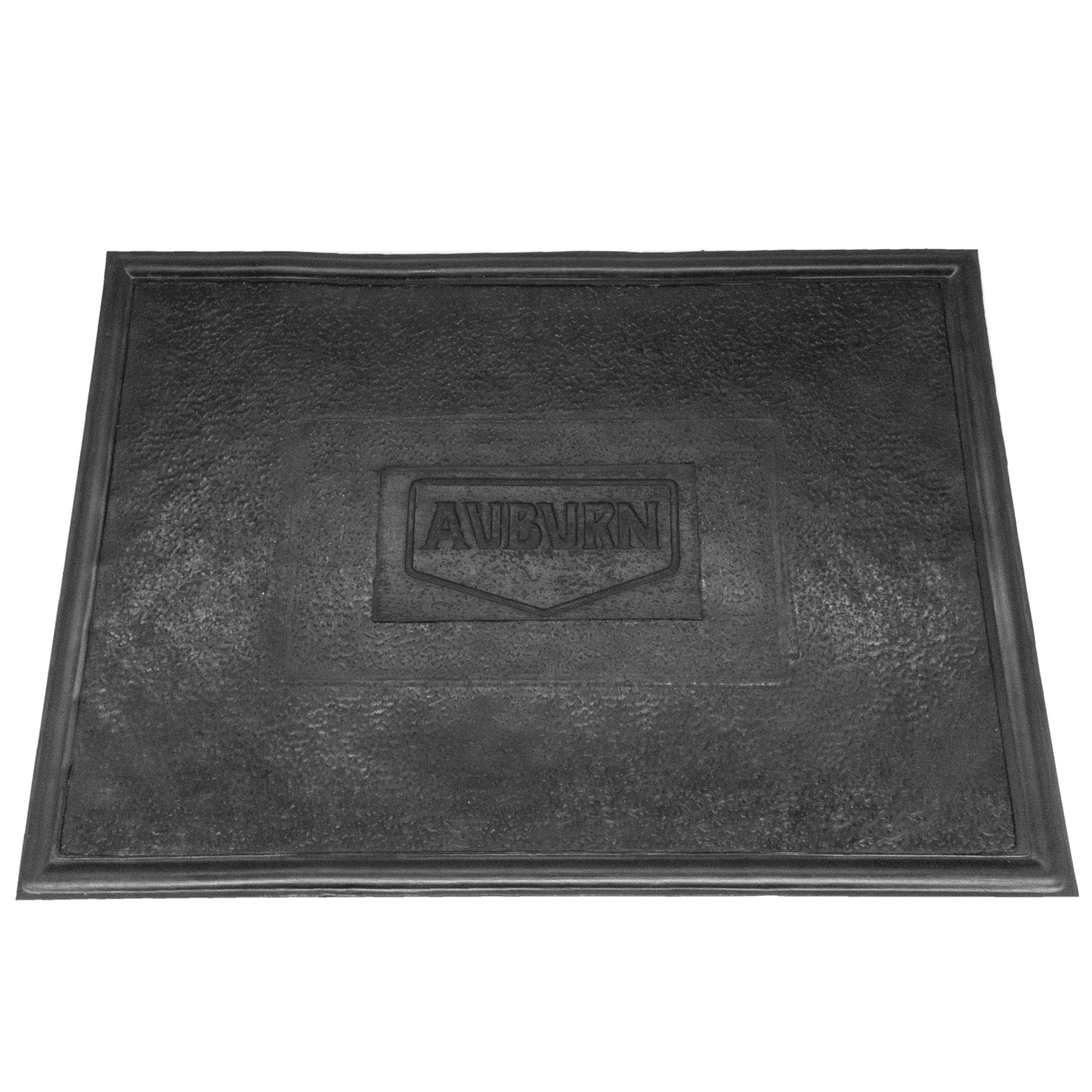 1933 Auburn Model 12-161 Accessory Floor Mat - 12"X17"-AC 14Accessory Floor Mat - made of high quality black rubber with molded original emblem. Also designed to be sewn into new carpets. 12"X17", Each
1933 Auburn Model 12-161 Accessory Floor Mat - 12"X17"-AC 14Accessory Floor Mat - made of high quality black rubber with molded original emblem. Also designed to be sewn into new carpets. 12"X17", Each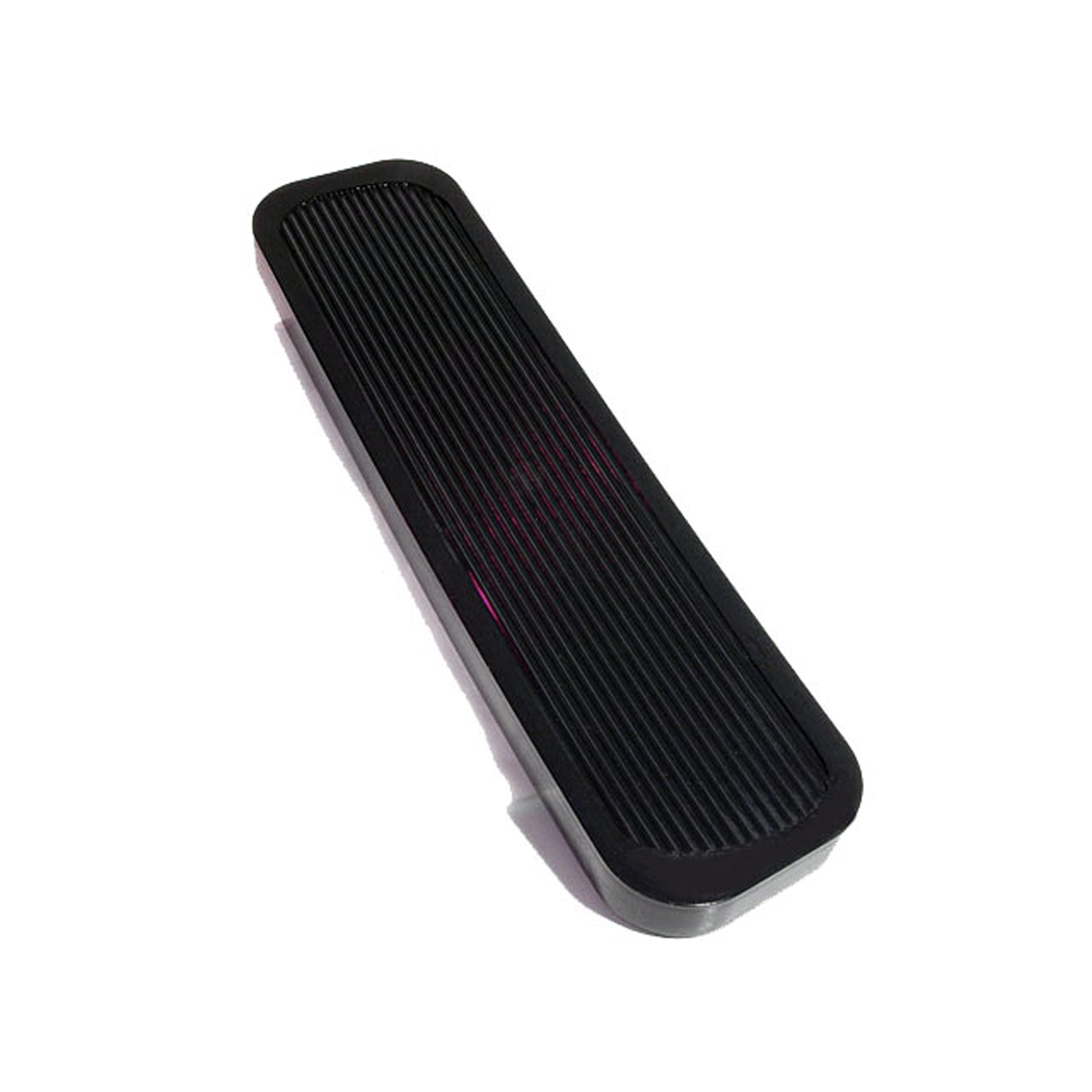 1933 Auburn Model 12-161 Accelerator Pedal Pad, 2-3/8" X 9-1/4", Each-AP 24Accelerator Pedal Pad, 2-3/8" X 9-1/4", Each
1933 Auburn Model 12-161 Accelerator Pedal Pad, 2-3/8" X 9-1/4", Each-AP 24Accelerator Pedal Pad, 2-3/8" X 9-1/4", Each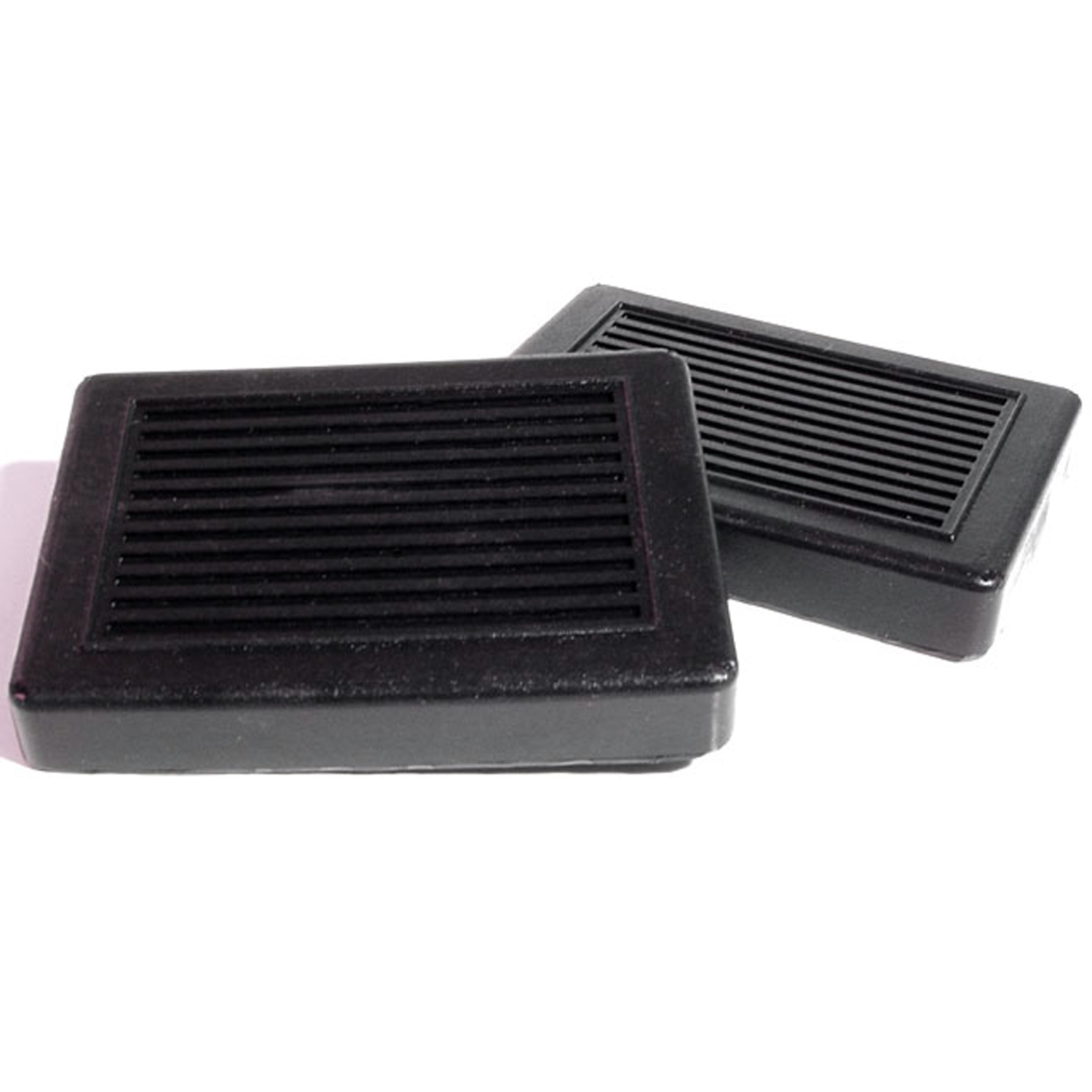 1933 Auburn Model 12-161 Clutch and Brake Pedal Pads. 3" wide X 3-7/8" long. Pair-CB 21Clutch and Brake Pedal Pads. 3" wide X 3-7/8" long. Pair
1933 Auburn Model 12-161 Clutch and Brake Pedal Pads. 3" wide X 3-7/8" long. Pair-CB 21Clutch and Brake Pedal Pads. 3" wide X 3-7/8" long. Pair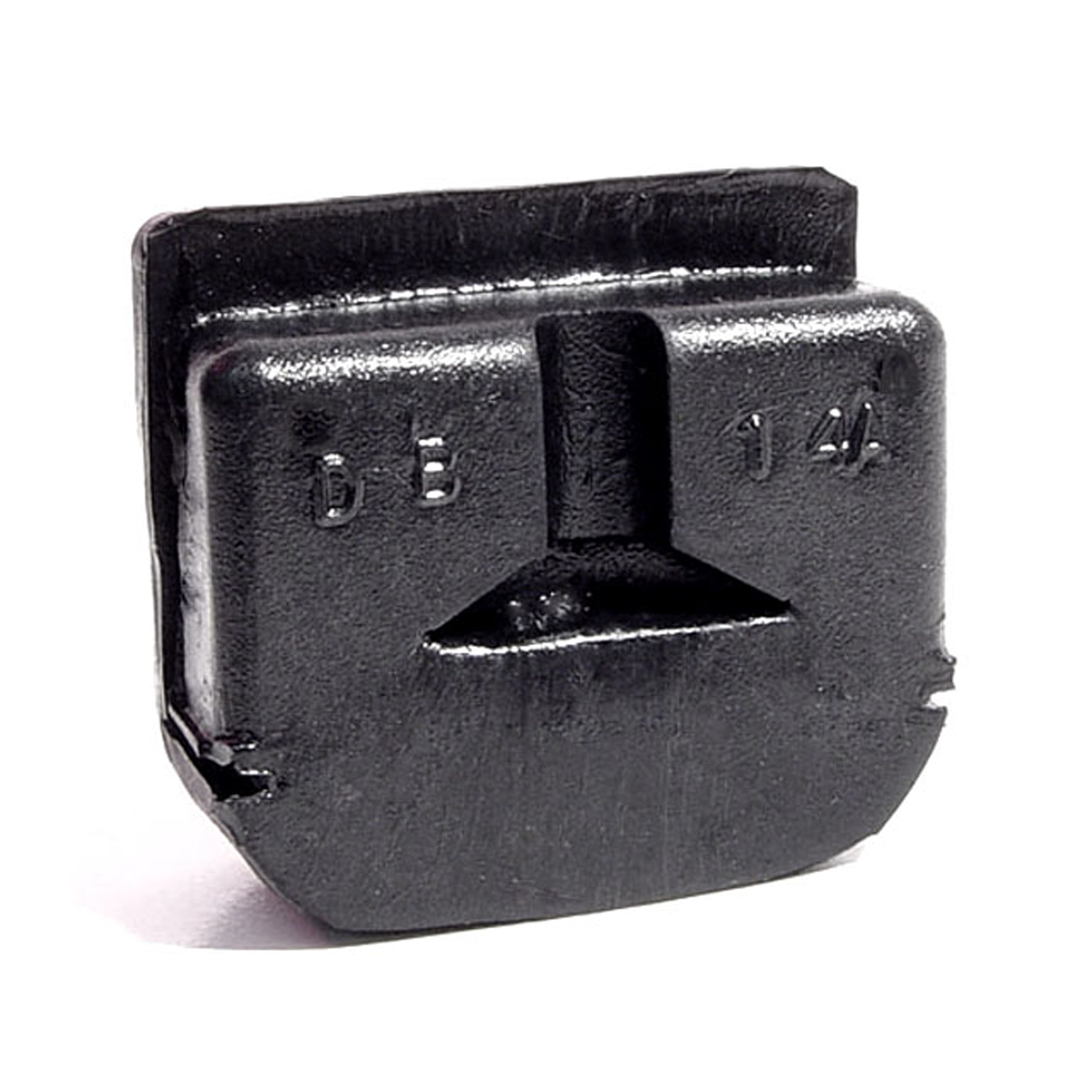 1933 Auburn Model 12-161 Door Bumper. Exact reproduction-DB 14-ADoor Bumper. Exact reproduction. 1-3/16" high X 1-9/16" wide X 9/16" thick. Each
1933 Auburn Model 12-161 Door Bumper. Exact reproduction-DB 14-ADoor Bumper. Exact reproduction. 1-3/16" high X 1-9/16" wide X 9/16" thick. Each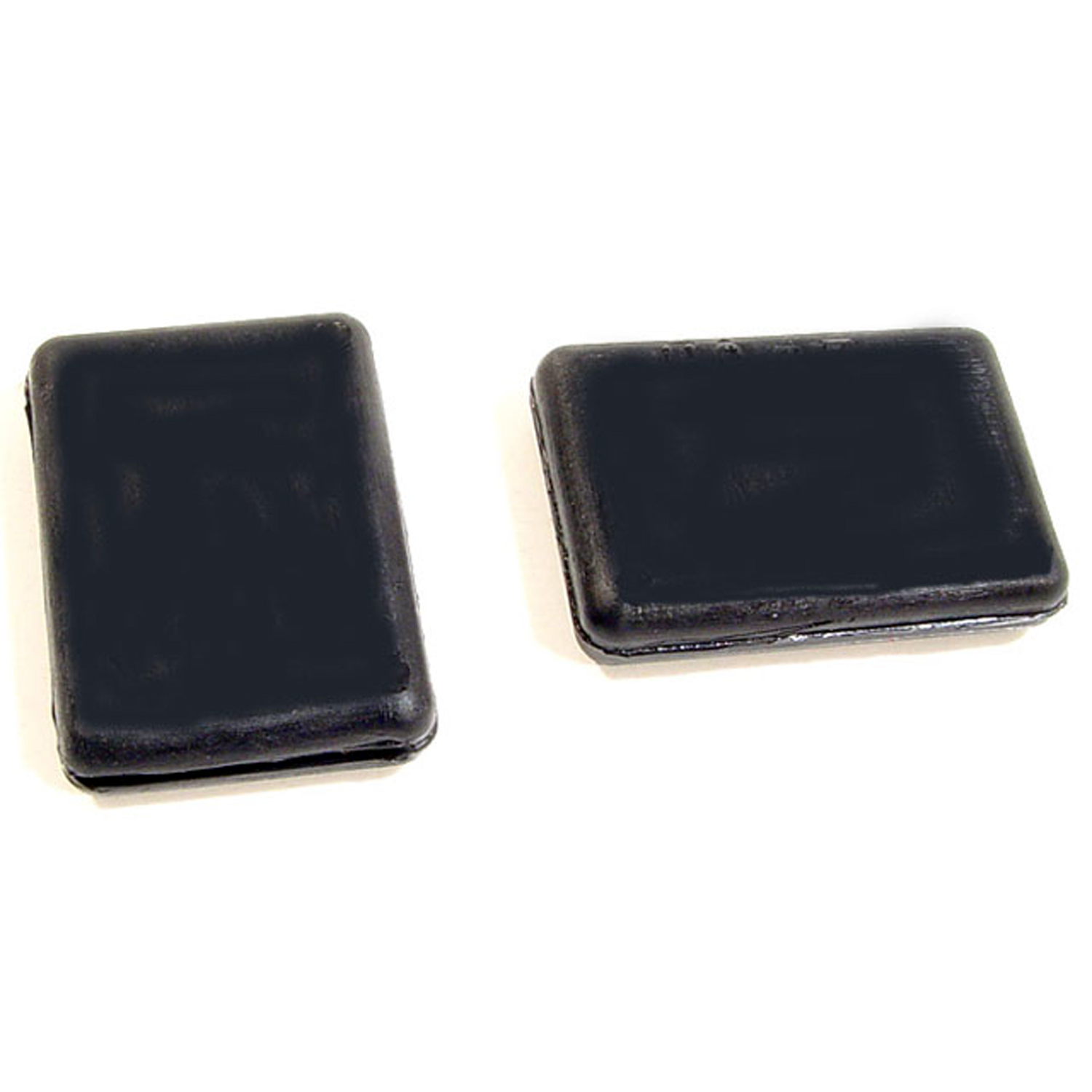 1933 Auburn Model 12-161 Hood Corners. Made of all rubber. No cut-away on back side-HC 27Hood Corners. Made of all rubber. No cut-away on back side. 7/8" X 1-1/4". Pair
1933 Auburn Model 12-161 Hood Corners. Made of all rubber. No cut-away on back side-HC 27Hood Corners. Made of all rubber. No cut-away on back side. 7/8" X 1-1/4". Pair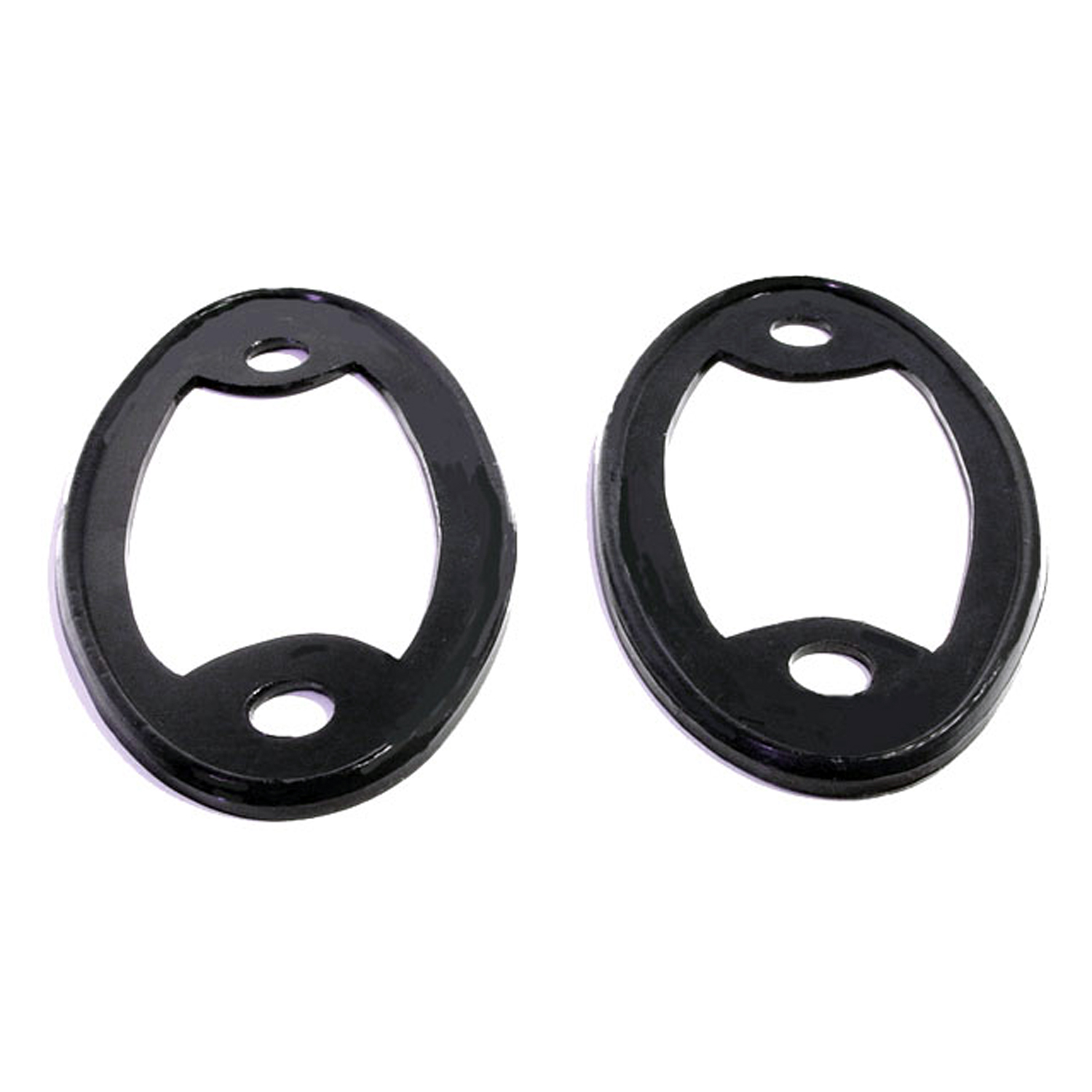 1933 Auburn Model 12-161 Headlight Pads. 2-5/8" wide X 5-1/4" long. Pair-MP 102Headlight Pads. 2-5/8" wide X 5-1/4" long. Pair
1933 Auburn Model 12-161 Headlight Pads. 2-5/8" wide X 5-1/4" long. Pair-MP 102Headlight Pads. 2-5/8" wide X 5-1/4" long. Pair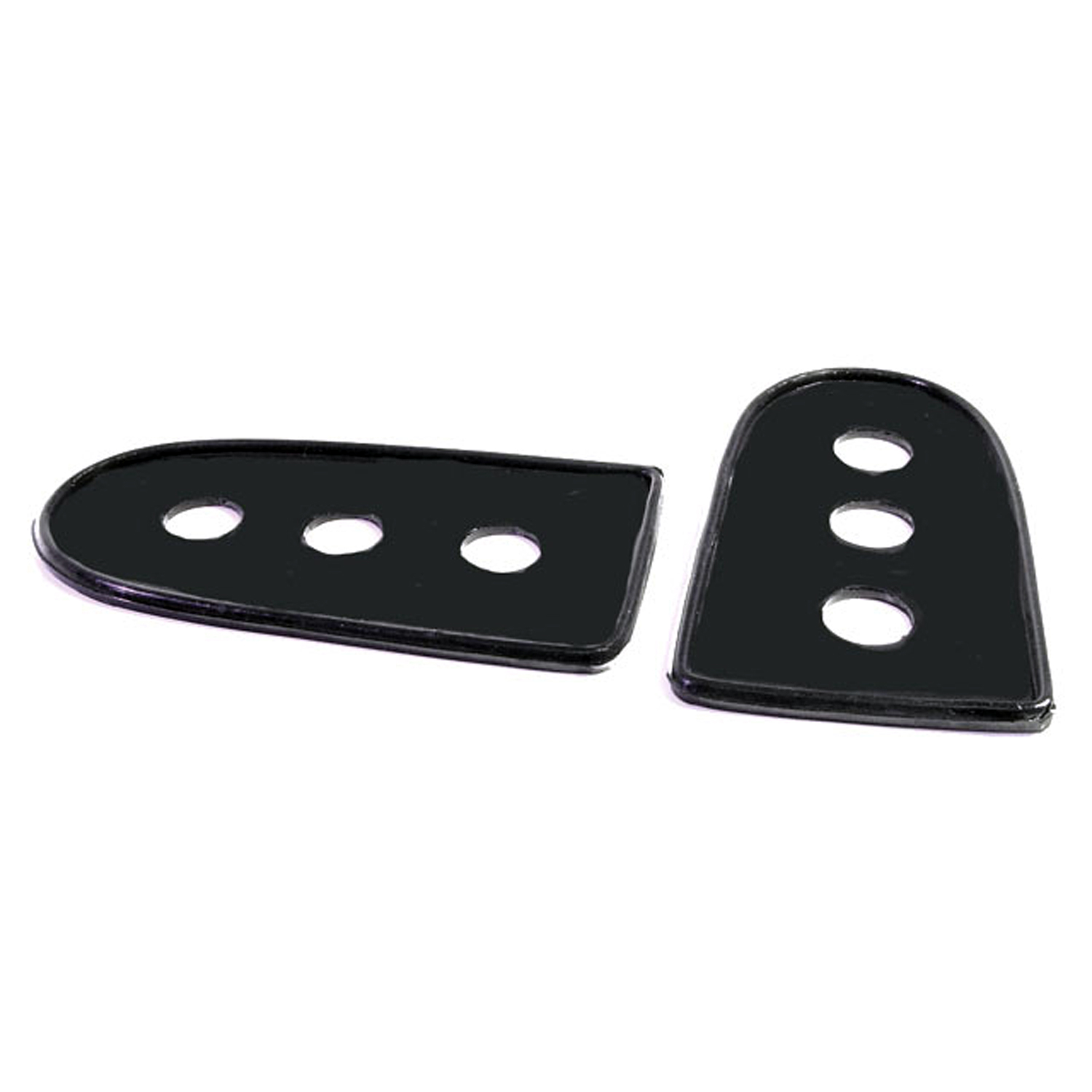 1933 Auburn Model 12-161 Tail-light Pads. 2-1/4" wide X 4" long. Pair-MP 103Tail-light Pads. 2-1/4" wide X 4" long. Pair
1933 Auburn Model 12-161 Tail-light Pads. 2-1/4" wide X 4" long. Pair-MP 103Tail-light Pads. 2-1/4" wide X 4" long. Pair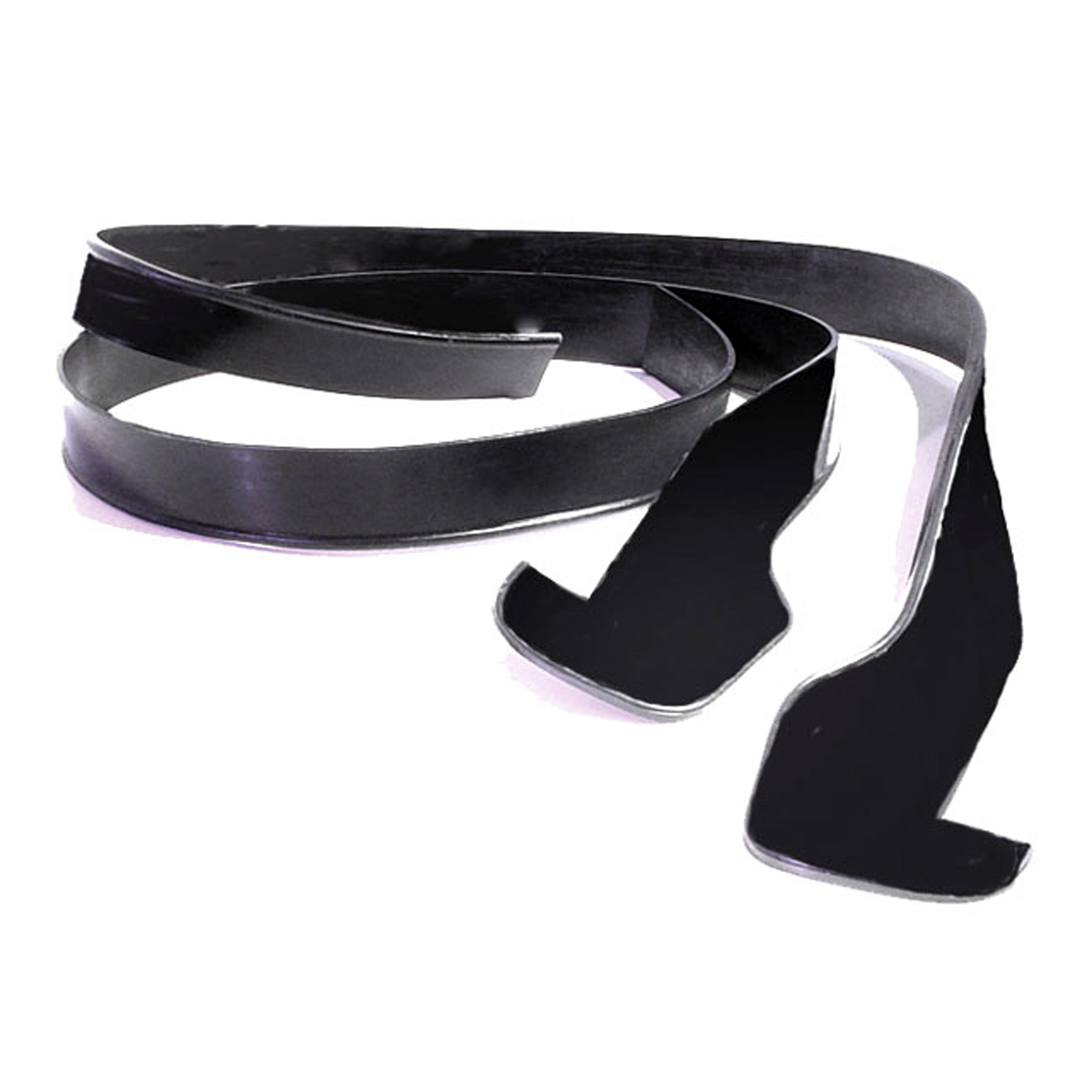 1933 Auburn Model 12-161 Windshield Base Pad. Made in two pieces-MP 106Windshield Base Pad. Made in two pieces. 1-7/8" wide at end X 3' 9-1/2" long. Each
1933 Auburn Model 12-161 Windshield Base Pad. Made in two pieces-MP 106Windshield Base Pad. Made in two pieces. 1-7/8" wide at end X 3' 9-1/2" long. EachWhy Choose Metro?
For over 100 years, Metro Moulded Parts has been the pinnacle of quality in classic car restoration parts. Our commitment to precision and authenticity in every component ensures a perfect fit and an OEM-level appearance.
- Expert Craftsmanship & Quality: Each part is a testament to our dedication to reliability and perfection, crafted from original designs and thoroughly tested.
- Advanced Technology: We use cutting-edge techniques to create flawless, long-lasting parts that surpass others in performance.
- SuperSoft Sponge – The Ultimate Door Seal: Not only are our door seals 30% softer than competitors', but they're also guaranteed to never leak. They effectively reduce wind and road noise, enhancing your classic car's comfort and driving experience.
- Proudly American: Our parts are a product of American craftsmanship, made in the USA with a spirit of excellence and heritage.
- Unrivaled Warranty: We back our products with a 30-year industry-leading warranty, a testament to our confidence in their quality.
Join us in preserving the legacy of classic cars with parts that are crafted for perfection, not just made.

